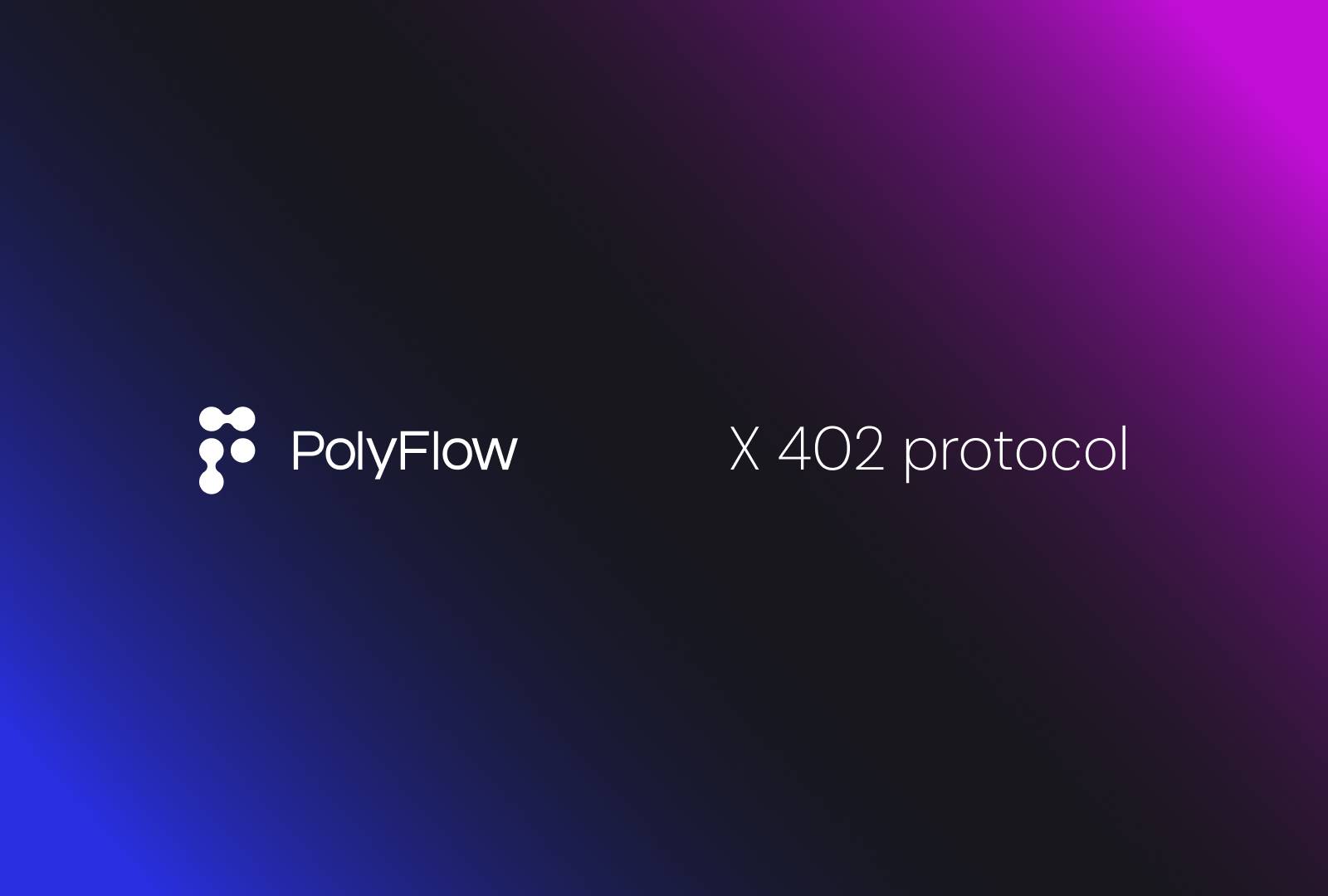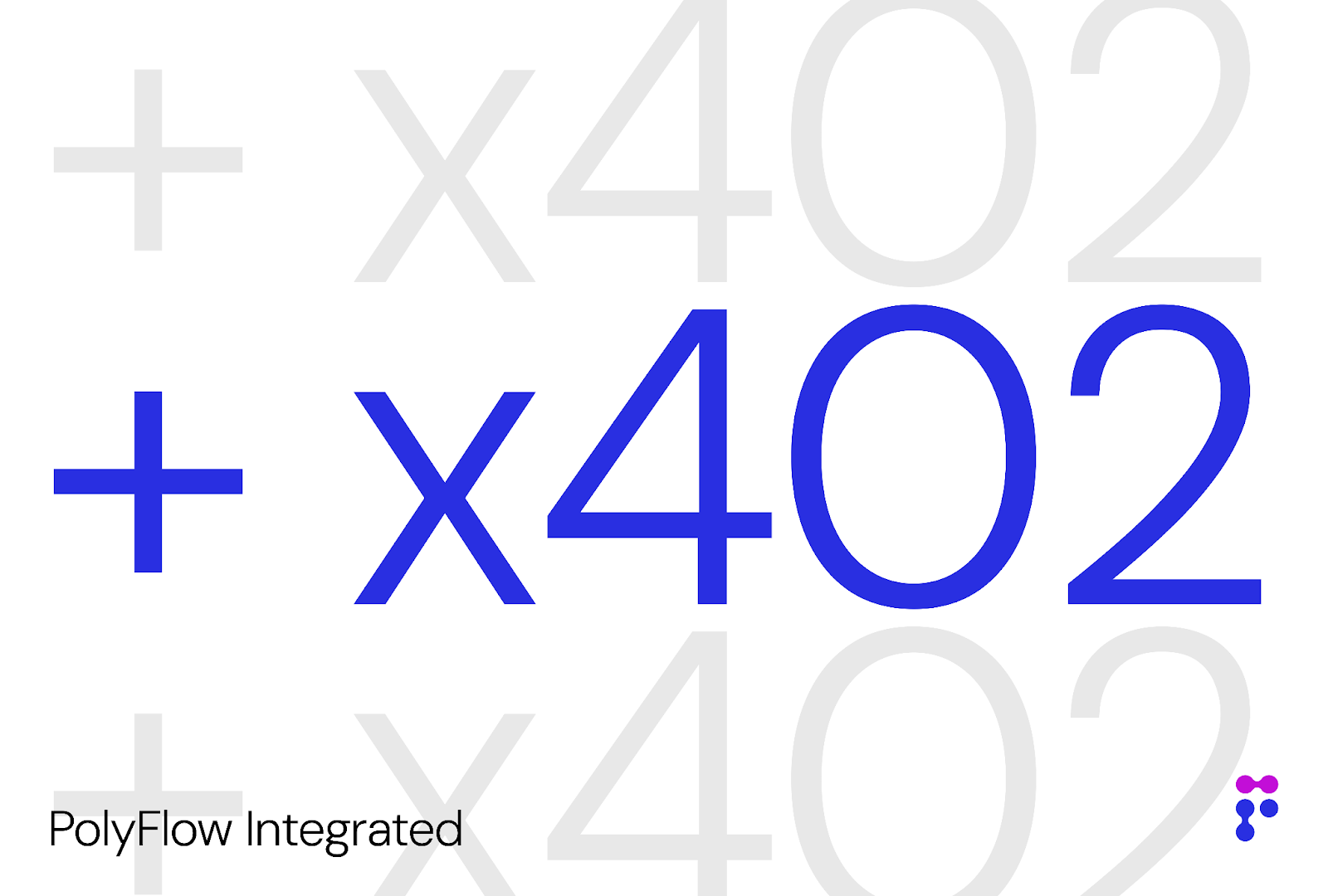The mission of PolyFlow is to seamlessly connect traditional systems with the intelligent world through blockchain technology, gradually reshaping everyday payments and financial activities, making each transaction more efficient and trustworthy—giving every payment more significance.
Real-World Challenges of Stablecoin Payments
The real challenge of stablecoin payments lies not in technology or compliance, but in "application scenarios." Demand always arises from scenarios—just as water only becomes precious in the desert. Looking back at the Web2 era, the rise of Alipay was not accidental; it was deeply tied to the Taobao e-commerce ecosystem, solving the last mile problem of "trust and capital flow" in online transactions.
Today, stablecoins have long surpassed the proof-of-concept stage, and their path to the masses depends on one thing—real commercial circulation.
At PolyFlow, we are turning this concept into real ledger data:
Our stablecoin payment channel is settling Latin American soybeans and Asian electronics in USDC;
Our Pelago Connect crypto network enables Shopify merchants to price in stablecoins and settle in fiat;
Our supply chain finance treasury allows exporters to access operating funds the moment the bill of lading is on-chain.
Without these real transactions, stablecoin payments are just empty hash rotations on the blockchain. The current battleground still lies in payment interactions between people, but a more explosive area is emerging—the payment interactions between AI Agents. Fortunately, PolyFlow has already completed key layouts through its crypto payment gateway.

The AI Agent Economy Creates New Payment Demands
The AI Agent economy is opening up a brand new blue ocean of demand. Machines are evolving from tools into "digital customers"—able to autonomously place orders, negotiate, and pay. Gartner predicts that by 2030, the total transaction volume driven directly or indirectly by these "machine customers" will reach $30 trillion. The World Economic Forum also forecasts that this market size will grow from $7.8 billion in 2025 to $50.3 billion in 2030, with a compound annual growth rate of 45%.
As AI Agents become the main transaction entities, payment systems must "learn the machine language":
Second-level confirmations and high-frequency micropayments;
24/7 uninterrupted operation;
Condition-triggered automatic payment logic;
Plug-and-play global standards across jurisdictions.
In the face of these demands, traditional banking networks appear cumbersome and expensive, while blockchain architecture and internet payments based on stablecoins perfectly fit this transformation.
From x402 Protocol to Crypto Payment Gateway
In September 2025, Coinbase and Cloudflare jointly launched the x402 open payment protocol, reviving the long-dormant HTTP status code 402—"Payment Required," officially opening the last gate for internet-native payments.
This protocol embeds blockchain and stablecoins into the communication layer, enabling low-cost, second-level transactions, allowing value to route freely across the network like data packets. x402 provides a lightweight payment channel for machines and AI Agents, making micropayments a default feature of the internet.
However, x402 only addresses the communication and transaction layers of payments; AI Agents still face challenges in fund custody, clearing, compliance, and multi-chain aggregation, which require a higher-level crypto payment gateway.
Enter the revolutionary product driven by PolyFlow—Pelago Connect.
This gateway has now completed integration with the x402 protocol, supporting multiple cryptocurrencies and blockchain networks, providing AI Agents with low-cost, real-time settlement, and compliant payment solutions.
Traditional financial systems require KYC to be completed before account opening, while AI has no passport or social security number, making it impossible to open a bank account. The embedded PID module in Pelago Connect implements Know Your Agent (KYA), binding Agent information to their user identity, laying the identity foundation for future AI-human interactions.
Additionally, the integrated PLP module allows AI Agents to autonomously manage funds and compliance, possessing independent "wallets" and "cash flows."
Conclusion
With the arrival of the intelligent era, the rise of AI is unstoppable. Once AI Agents have on-chain identities and accounts, they will truly possess property rights, ushering in a new payment era potentially exceeding $10 trillion in scale.
The leader of this transformation is PolyFlow's crypto payment gateway Pelago Connect, which is driving payments from "person to person" to a new era of "Agent to Agent."
The mission of PolyFlow is to seamlessly connect traditional systems with the intelligent world through blockchain technology, gradually reshaping everyday payments and financial activities, making each transaction more efficient and trustworthy—giving every payment more significance.

Learn more about the latest updates from PolyFlow:
🎮 DAPP | https://app.polyflow.tech/
💬 Global Community | https://t.me/polyflow_community
👾 Discord | https://discord.gg/nSSQmfwY
🐦 Twitter/X | https://x.com/Polyflow_PayFi
🌐 Official Website | https://polyflow.tech/
📩 Contact Us: support@polyflow.tech
免责声明:本文章仅代表作者个人观点,不代表本平台的立场和观点。本文章仅供信息分享,不构成对任何人的任何投资建议。用户与作者之间的任何争议,与本平台无关。如网页中刊载的文章或图片涉及侵权,请提供相关的权利证明和身份证明发送邮件到support@aicoin.com,本平台相关工作人员将会进行核查。




